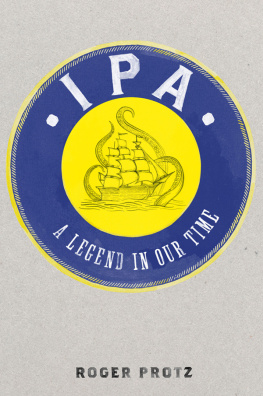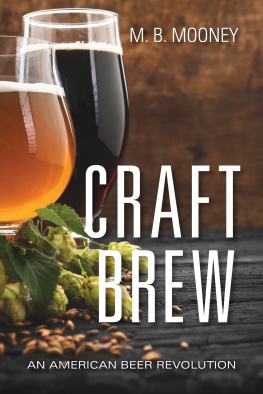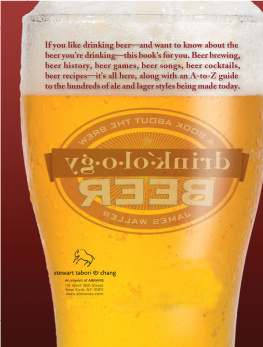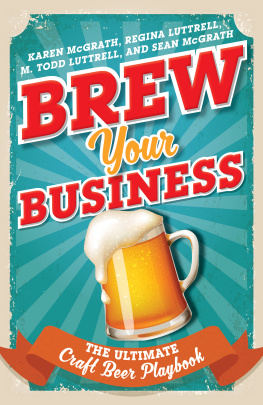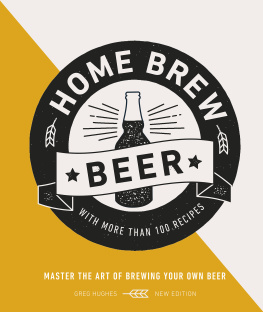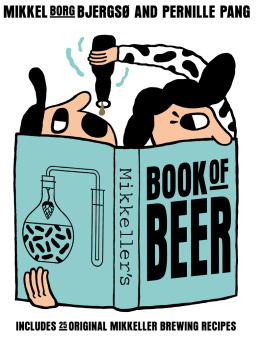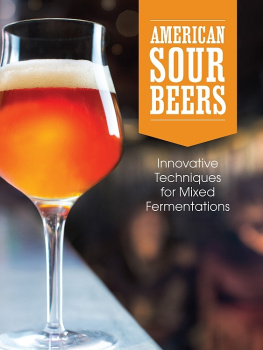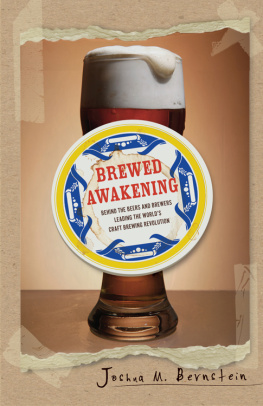

Cans were derided for years as a poor way to package beer, but, with improved technology, a growing number of brewers are canning IPAs and other beers. Beer in cans avoid the off-flavour known as light struck that can affect bottled beers.

Contents
Why IPA?
The rebirth of India Pale Ale IPA flows from the remarkable and seemingly unstoppable worldwide craft beer revolution. In both hemispheres and in every continent, young brewers, with passion, reverence and commitment, are bringing flavour back to beer after decades of domination by global giants and their bland products. Craft brewers have innovated with both skill and imagination, bringing drinkers such new styles as golden ales, oak-aged beers and beers brewed with spices, fruit, coffee and chocolate.
But they have also, with restless enthusiasm, dug deep into old recipe books to bring back rare or forgotten styles. These include IPA. The styles phenomenal rise in popularity is due to the fact that, when brewed to its true, original form, it meets the demands of modern drinkers for exceptionally hoppy beers. The IPAs brewed in 18th- and 19th-century England for the Raj in India were packed with hops double the quantity used for domestic beers. As well as giving bitterness to beer, the acids, resins and tannins in the hop plant helped keep IPA free from bacteria on the long and arduous journey to India, with wide variations in temperature and tempestuous seas.
IPA has become the template for modern brewers who fashion what they term hop-forward beers. Both brewers and dedicated drinkers are as knowledgeable about hops as a wine-maker is about grape varieties and new hops have been designed to help meet the almost insatiable clamour for fresh aromas and flavour in beer.
In the United States, where the combination of hot sun and abundant rain in the Pacific North-west produces hops bursting with citrus flavours, new varieties such as the Amarillo and the Citra have deepened the character of American interpretations of IPA: Citra wears its heart on its sleeve and delivers an immense aroma and flavour of lychee, peach and gooseberry. English hop growers no longer rest on the sturdy laurels of the Fuggle and the Golding, with their piny, spicy and peppery notes, and have developed new, bolder hops with more of a citrus kick, including an English version of the American Cascade. New Zealand hops are especially highly prized and have enabled craft brewers there and in Australia to develop vibrant versions of IPA, reminding us that after the style had captured India in the 19th century it went on to find new acclaim both down under and in the United States.
Such is the fervour for IPA that brewers have burst out from the confines of the original style to develop new versions. Today there are double and imperial IPAs, some with impressive strengths of 12 per cent ABV. Both in the US and Britain, a number of brewers produce black IPAs: this has caused some controversy, as its a major departure from the roots of the style. But theres no doubt that the addition of dark malts brings a new dimension to the flavour of the beer. The most recent innovation in the US is fruit IPAs that use grapefruit, watermelon and tangerine. English brewers, recalling that while IPA went one way to India, tea made the return journey, produce Earl Grey IPAs with the addition of bergamot, a citrus fruit.
A divide has opened up in the United States. What are dubbed West Coast IPAs are renowned for their intense hop character, with up to and even beyond 100 units of bitterness. Its debatable just how much bitterness the average palate can tolerate and the answer has come from drinkers. The result is that even the most ardent users of hops are now rowing back on their use and are producing session IPAs that can be consumed without drinkers requiring a tongue transplant.
The taste of modern IPAs prompted the question: what were the beers made for the Raj in India in Victorian England like? I couldnt summon up a time machine but I could engage with brewers with interest in the subject. UBREW in South London is a specialist brewery that allows small brewers and home-brewers to use their equipment to make beer. The owners generously agreed to produce an IPA to a recipe based on those used by Bass in Burton-on-Trent in the 19th century. The production of what we called Catalyst IPA was straightforward and didnt depart from modern procedures (see ). But when we decided to age the beer in wood for three months, to replicate the length of a sea journey from London to India, previous perceptions were abandoned. The beer took on a funky and slightly acidic aroma and flavour, the result of the action of wild yeasts trapped deep in the wood. The main wild yeast is called Brettanomyces: it means British fungus and it gives a character to beer that brewers call horse blanket.
While Catalyst was aging in its cask, the historian Ron Pattinson came up with the revelation that the Burton brewers had left casks standing in their yards for up to a year before they were despatched to India and would have picked up a powerful funky, acidic note as a result of wild yeast activity. He proved his case by brewing in collaboration with the Goose Island Beer Company in the United States a Stock Ale, a forerunner of IPA, which was aged in wood for twelve months. The result was startling. The beer was tart and mouth-puckering, not dissimilar to the famous lambic beers in Belgium that are produced by spontaneous fermentation by wild yeasts. There is little doubt that the original beers brewed for India were very different to mainstream IPAs today. But brewers have risen to the challenge and already sour IPAs are being added to the pantheon.
As well as sampling a large number of beers for this book, I have had the pleasure of talking to brewers in many parts of the world and have been bowled over by their enthusiasm for the subject. Milan Beer Week proved equally invigorating. Who would have expected such an event in a country bursting with fine wines? But beer is the drink of the moment there, with the number of breweries expected to pass 1,000 within a few years. Several of them are producing IPAs and it was good to find that Italian brewers are not ignoring the English legacy and going completely down the American route where both flavour and hops are concerned. That is not to disparage the role of American brewers in leading the revival but it has been disappointing to find beer-makers in Australia and New Zealand importing, at considerable cost, American hops when they have superb supplies in their respective backyards.
With so many IPAs being made today, who to include and who to leave out? My task was made easier by the help of good friends in the beer-writing fraternity. In the United States, Julie Johnson, Daniel Bradford and John Holl, past and present editors of All About Beer magazine, were generous with their time and recommendations, as was Garrett Oliver, the most famous of the craft brewers in the country and also a fine writer. He was prepared to step beyond his own IPA at Brooklyn Brewery and suggest rival brewers versions. Stephen Beaumont in Canada and Matthew Kirkegaard in Canada and Australia recommended beers from their respective countries while Maurizio Maestrelli and Joe Stange were generous with their time in Italy and Germany. I had the good fortune to visit Berlin just as Stone Brewing from California was opening a vast brewery and restaurant complex in the city to bring IPA to German drinkers more used to lager and wheat beers.
Next page
